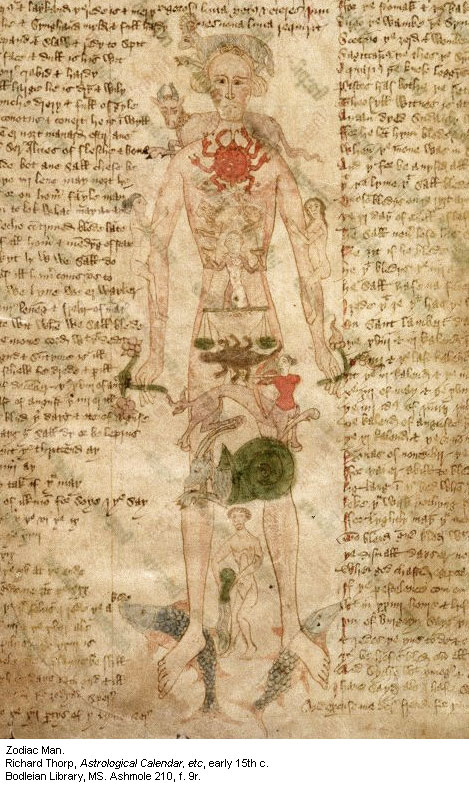

Maybe the most important contribution of the Renaissance to geology was not new scientific principles, but a new artistic view of earth. Only in later times scholars like Nicolas Steno (1638-1686), with his stratigraphic principles, Robert Hooke (1635-1703), with his paleontological interpretation of fossils, and finally James Hutton (1726-1797), with his earth-theory, made a lasting impact. There were some lone geniuses in the earth sciences - Italian artist Leonardo da Vinci (born April 15, 1452-1519) recognized fossils as petrified remains of former living organisms and even applied paleoecological principles to reconstruct the deposition of sedimentary rocks, however he never published his theories. Joscelyn Godwin, in this masterly book, lays out the whole of Fludd's world in all its splendor."-Charles Burnett, Ph.D.In the Renaissance (1450-1600) architecture and pictorial arts, but also scientific disciplines like astronomy, physics and medicine, experienced a rebirth and important improvements - but what about geology? "Robert Fludd attempted to embrace the whole of nature and man and of theory and practice in his volumes on the macrocosm, the microcosm, and medicine and worked out his ideas through striking images. Joscelyn Godwin's superb scholarship and crystal-clear prose are without equal."-Glenn Alexander Magee, Ph.D., editor of The Cambridge Handbook of Western Mysticism and Esotericism

"This lavishly illustrated book is the definitive guide to Robert Fludd's remarkable attempt at a grand synthesis of all human knowledge. Never apologizing for Fludd's idiosyncrasies and excesses, Godwin gets one thinking as Fludd did and hoped others would."-Thomas Willard, Ph.D., professor of English at the University of Arizona "Beautifully written, this book allows the reader to skim or go deep with no danger of sinking. Huffman, Ph.D., author of Robert Fludd and the End of the Renaissance This definitive volume will always be essential for understanding in detail what Fludd's massive tomes encompassed."-William H. "Joscelyn Godwin has written a clearly expressed explanation and analysis of Robert Fludd's enigmatic, voluminous encyclopedic works. He also analyzes Fludd's writings in defense of alchemy and the Rosicrucians.Īn essential reference for scholars of Renaissance thinkers, traditional cosmology, metaphysics, and the Western esoteric tradition, this book offers intimate access to Fludd's worlds and gives one a feel for an epoch in which magic, science, philosophy, spirituality, and imagination could still cohabit and harmonize within a single mind.

Sharing many passages translated for the first time from Fludd's Latin, allowing him to speak for himself, Godwin explores Fludd's thoughts on cosmic harmonies, divination, the kabbalah, astrology, geomancy, and the rapport between the multiple levels of existence. The more than 200 illustrations in the book represent the whole corpus of Fludd's iconography, each one accompanied by Godwin's expert commentary and explanation. He shows how Fludd's two worlds-the macrocosm and the microcosm-along with Paracelsus's medical principles and the works of Hermes Trismegistus provided the foundation for his search for the cause and cure of all diseases. In this in-depth, highly illustrated reference, scholar and linguist Joscelyn Godwin explains Fludd's theories on the correspondence between the macrocosm of elements, planets, stars, and subtle and divine beings and the microcosm of the human being and its creative activities.

#MICROCOSM RENAISSANCE SERIES#
His drive to encompass the whole of human knowledge-from music to alchemy, from palmistry to fortification-resulted in a series of books remarkable for their hundreds of engravings, a body of work recognized as the first example of a fully-illustrated encyclopedia. A physician by profession, he was also a Christian Hermetist, a Rosicrucian, an alchemist, astrologer, musician, and inventor. One of the last Renaissance men, Robert Fludd (1574-1637) was one of the great minds of the early modern period. Explores Fludd's medical work as an esoteric Paracelsian physician and his theories on the macrocosm of elements, planets, stars, and subtle and divine beings and the microcosm of the human being and its creative activities, including material never before translated Includes more than 200 of Fludd's illustrations, representing the whole corpus of Fludd's iconography, each one accompanied by Godwin's expert commentary Explains Fludd's thoughts on cosmic harmonies, divination, the kabbalah, astrology, geomancy, alchemy, the Rosicrucians, and multiple levels of existence An illustrated reference book on a seminal figure of occult philosophy and Renaissance thought


 0 kommentar(er)
0 kommentar(er)
